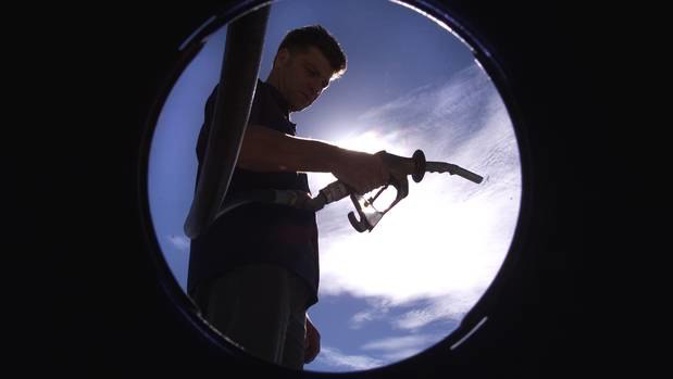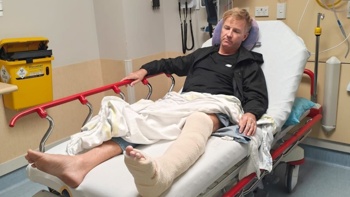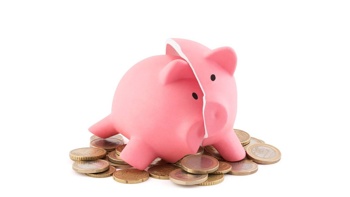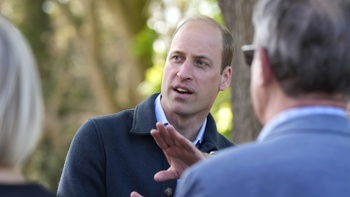
(This article was first published in 2018 and has been updated).
Today it had been announced that the new cases of Covid-19 were two women who arrived from the UK before they travelled to Wellington to grieve the sudden passing of their parent. Bloomfield revealed the pair drove to Wellington on one tank of gas — here's how it's possible.
Ditching excess weight is one way to get more from your fuel, and experts say following a few simple tips could save you thousands of dollars a year.
The AA estimates you can go up to 700km on a full tank in a sensibly driven well-maintained car. That would mean that the women would have been able to do the 650km drive from Auckland to Wellington without refuelling — and still had a bit spare.
In contrast, you might get half as far in the same car if it was poorly maintained and driven erratically and at high-speed.
Alternatively, if you're Coromandel Peninsula-bound, 700km is enough to get from Auckland to Hot Water Beach and back. Twice.
Inevitably there are multiple variables involved in calculations like this and the results aren't guaranteed.
To get 700km from a tank, the AA scenario involves a standard vehicle with a 50-litre tank running at optimum economy and using 6-8 litres of fuel per 100km. That's 700km for $120, based on $2.40 a litre.
The same vehicle, poorly maintained, might use 14-15 litres per 100km.
And what exactly does sensibly driven and well-maintained mean?
Here are some tips for maxing out your fuel efficiency courtesy of AA motoring advisor Cade Wilson.
Work out your consumption
Most modern vehicles have a fuel consumption readout that displays kms per litre. The key is to get this figure as high as possible and the litres per 100km as low as possible.
If not, you can get a good idea yourself. Fill the tank to the second click then reset your trip display (the dashboard readout that tells you how far you've been driving) to zero. Start driving - a mix of town and highway will give a good general figure.
Drive as you would under normal conditions. After 400km, refill the tank till it switches off at the same point and note how many litres you used.
Then divide the distance by the litres used to get the km/litre.
Or if you're a bit old-school, convert km/litre to miles per gallon ie multiply km/litre by 2.825.
Not very impressed with the result? There is hope.
Love your car!
Removing unused roof racks and even washing your car regularly will help it glide through the air. The long weekend means you can break out the bucket rather than race to the carwash. Regular servicing, the right tyres for the conditions, correct tyre pressure and wheel alignment also make a difference. A well-maintained car can use 10 to 20 per cent less fuel than an inadequately maintained one.
Don't speed
Travelling at 100km/h instead of 110km/h you can cut around 13 per cent off your fuel bill. Plus you're less likely to crash.
Drive smoothly
Accelerate and brake slowly. Change gear early (but don't labour the engine). If you drive an automatic, allow the transmission to change up early by accelerating on a light throttle.
Look ahead
Check what's happening, maintain a safe following distance and you'll stay at a more constant speed. Ease off the pedal if you can see the traffic lights are about to change, the speed limit is about to lower, or you're approaching slow or stopped traffic – something that's extremely likely if you're heading back to Auckland on Monday afternoon.
Watch your air con
Using air conditioning at higher speeds is more fuel efficient than having your windows down, which creates excessive drag. However, according to the Energywise online fuel efficiency tool, using air con constantly could cost you. You may need to find that balance between comfort and economy.
Keep your load down
A heavier vehicle means the engine has to work harder. So take the golf clubs out of the boot when you're not using them and, if possible, go to the supermarket near your destination.
Avoid short trips
About a third of New Zealand car trips are less than 2km long and vehicles use more fuel when they're cold. Plus, you're supposed to be on holiday and have time to walk to the beach, cafe or dairy.
According to the Government's Energywise website, follow those tips and you'll save plenty.
The Fuel Efficient Driving Tool gives you detailed figures for your own vehicle if you enter the registration plate and answer some simple questions. Alternatively, it offers generic options based on type and age of vehicle and annual mileage.
According to the site, someone driving 30,000km a year in a 2013 car could save $1895 a year. For an SUV of the same age the saving rises to $2210.
Like the AA figures, the savings are based on someone who does pretty much everything wrong transforming their vehicle maintenance programme and driving behaviour. But $2000 buys a couple of decent long weekends away.
Take your Radio, Podcasts and Music with you









